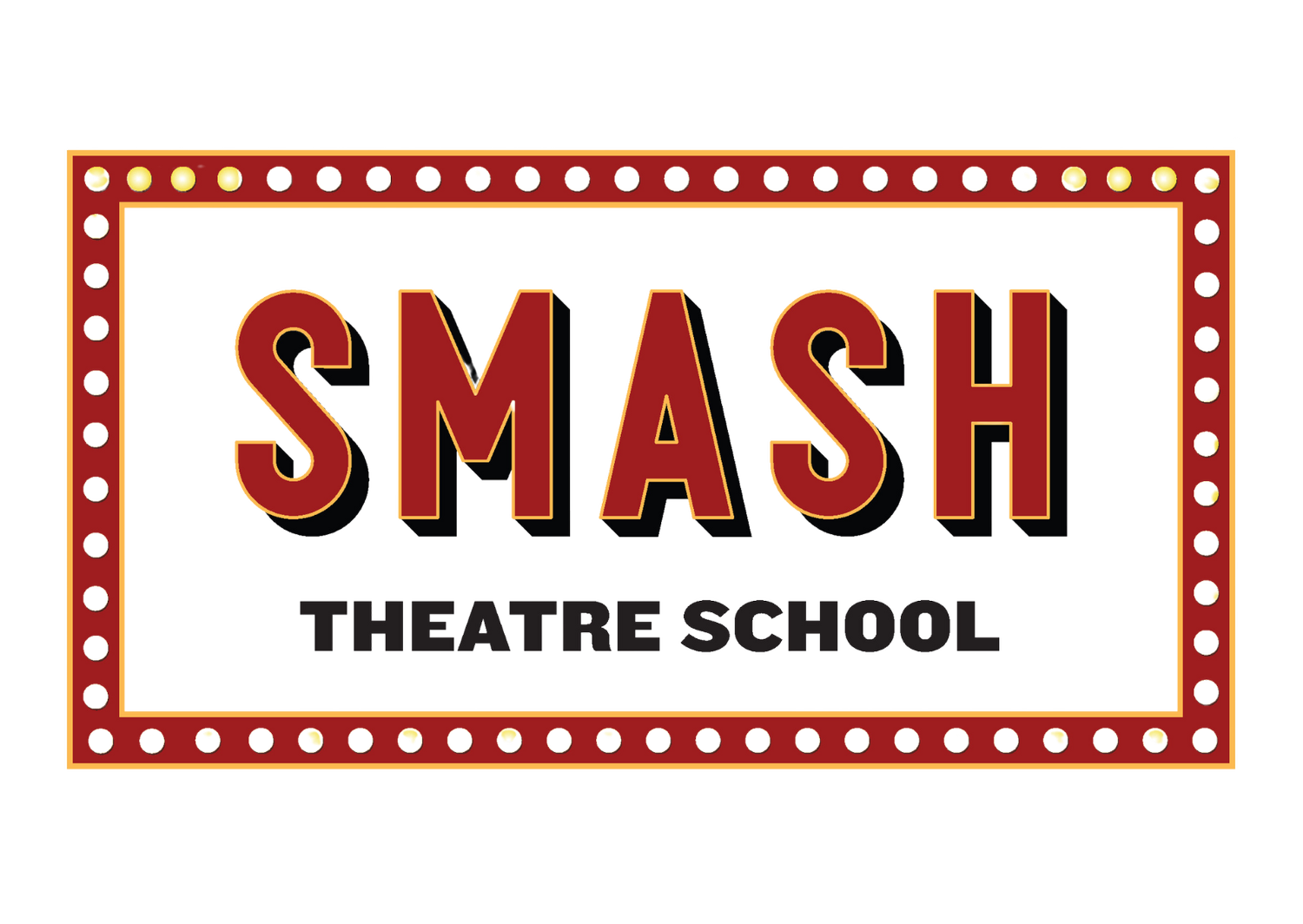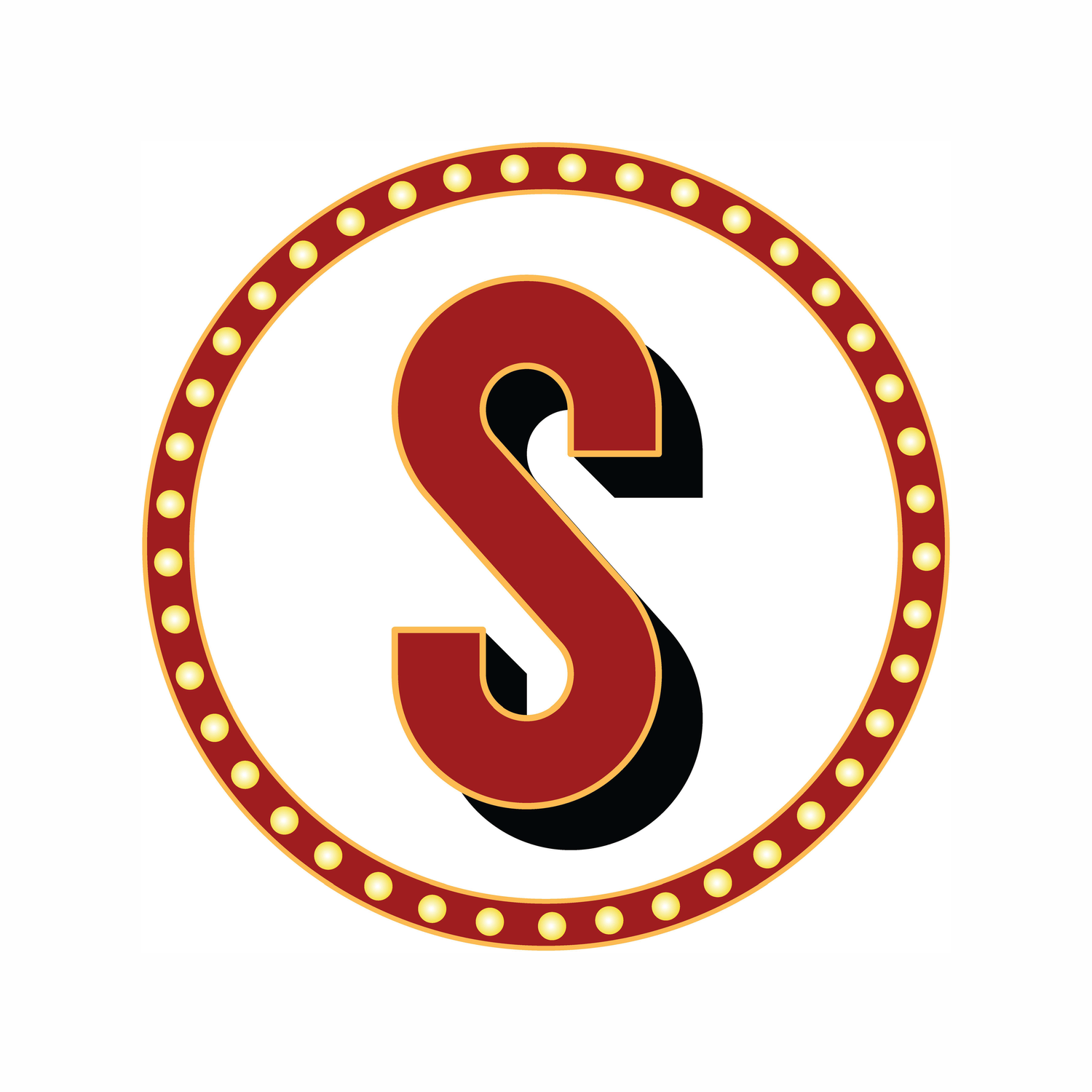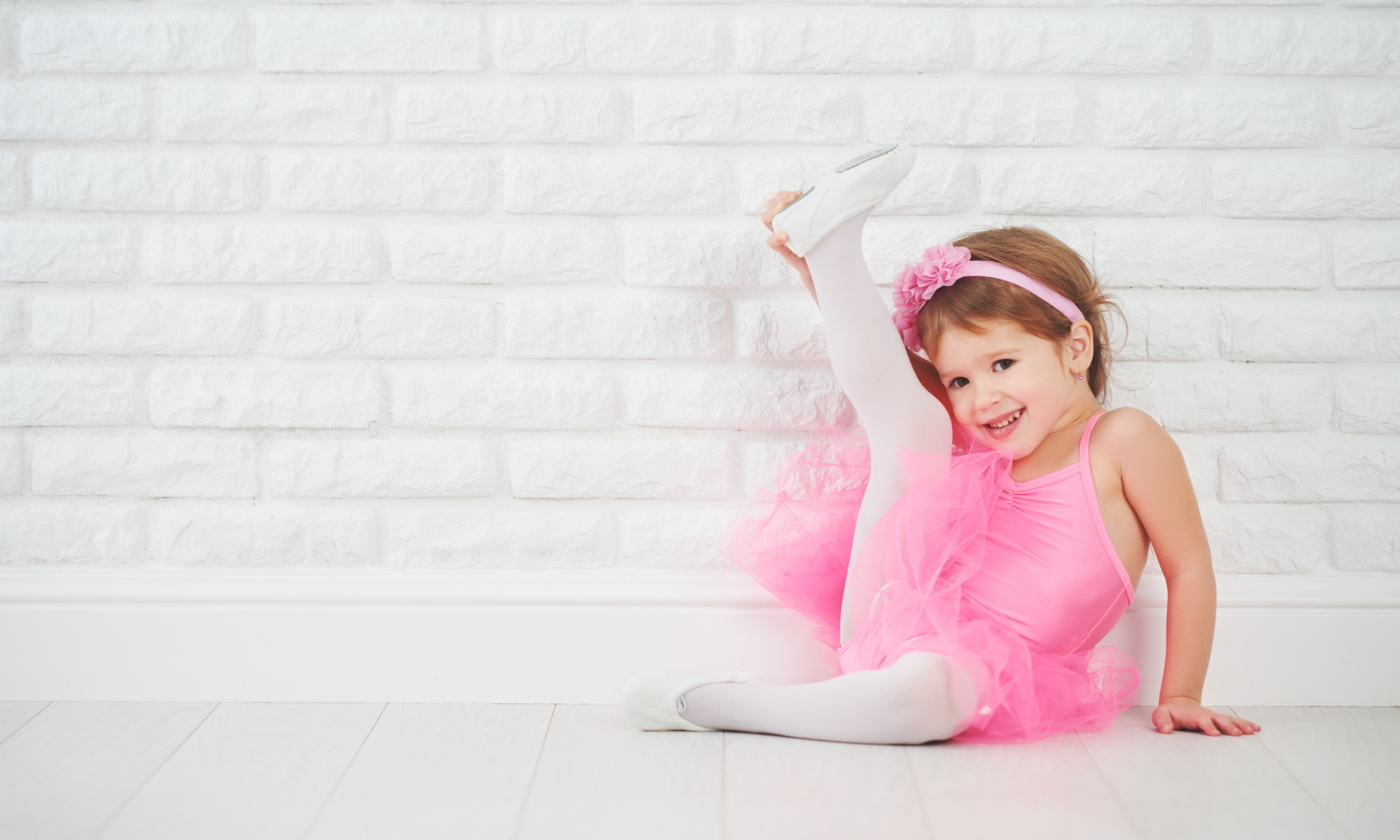

All About KINDER Ballet
What TO Expect
Kinder Ballet is a fun, play based class that teaches little ones the basics of ballet with activities, songs and dances. We use props like ribbons, scarves and bubbles to engage their creative minds. Please note this is a DROP OFF class and parents will need to wait for their little ones outside of the studio. Dropping off young children at classes without a parent present fosters independence, social development, and cognitive growth. This separation encourages children to engage with peers and educators, building their confidence to navigate new environments and situations on their own. It also allows them to develop crucial problem-solving skills and adaptability, setting a strong foundation for their future learning experiences.
Our instructor has over 30 years experience working with children, and owned and operated a dance studio (Kids in Motion) for little ones for 13 years. She has her criminal check, her level one ECE and is trained in infant/ child CPR.
What To WEAR and Bring
All children should bring a full water bottle, with water only. Please no juice boxes or treats for class! If a child is staying for the jazz class that follows ballet, you may send them with a nut-free snack.
There is no dress code for class, but children are required to wear a non-slip slipper for class. It can be leather, or fabric, in any colour. We will be doing a lot of moving around so we need to make sure our little ones stay safe! Body suits are great, but they can also wear fitted t-shirts with leggings. It is more about them being comfortable and loving what they are wearing. We will be sometimes be putting them in costumes or hats so a nice, tighter fitting outfit is perfect. Hair should be tied back and out of their face. It does not need to be in a bun, just something secure.
What Will WE Learn?
RAD Pre-primary ballet usually begins at 5 years old. We will be touching on many of the techniques found in the RAD syllabus, but because we are focused on children aged 3-5, this is a fun, recreational class so learning will be done in a more casual, play centered atmosphere rather than formal, exam prep. Depending on the average age and skill level of the students, we will be touching on the following techniques during our 13 week classes:
Plies: These are bending movements of the knees while keeping the heels on the ground.
Tendus: A stretching of the foot along the floor while maintaining contact with the floor.
Foot Positions: Basic foot positions that form the foundation of ballet technique.
Pointe and Flex: Pointing the toes (plantar flexion) and flexing the foot (dorsiflexion) to develop foot articulation.
Rises and Demi-Pointe: Practicing rising up onto the balls of the feet (demi-pointe) and then lowering back down.
Releves: Rising up onto the balls of the feet, working on balance and strength.
Arm Positions: Basic arm positions that complement the foot positions.
Port de Bras: Learning how to move the arms gracefully and fluidly through different positions.
Passe: Lifting one foot to the opposite knee while balancing on the supporting leg.
Marches: Marching in place or across the floor, focusing on proper foot placement and coordination.
Skips and Gallops: Simple traveling movements that help develop coordination and rhythm.
Skipping Steps: Incorporating simple skipping patterns, introducing the concept of rhythmic coordination.
Chasses: A gliding step where one foot "chases" the other, often performed in a series of small jumps.
Head and Eye Focus: Learning to coordinate head movements with body movements and focusing the eyes on specific points.
Basic Turn Preparation: Introducing the concept of turning by practicing preparation positions and spotting techniques.
Floor Work: Basic floor stretches and movements to improve flexibility and body awareness.
Imagination and Creativity: At this level, dance classes often incorporate storytelling and creative movement to engage young dancers and make learning enjoyable.
Curtsies and Bows: Introduction to proper ballet etiquette, including acknowledging the audience and instructor.






